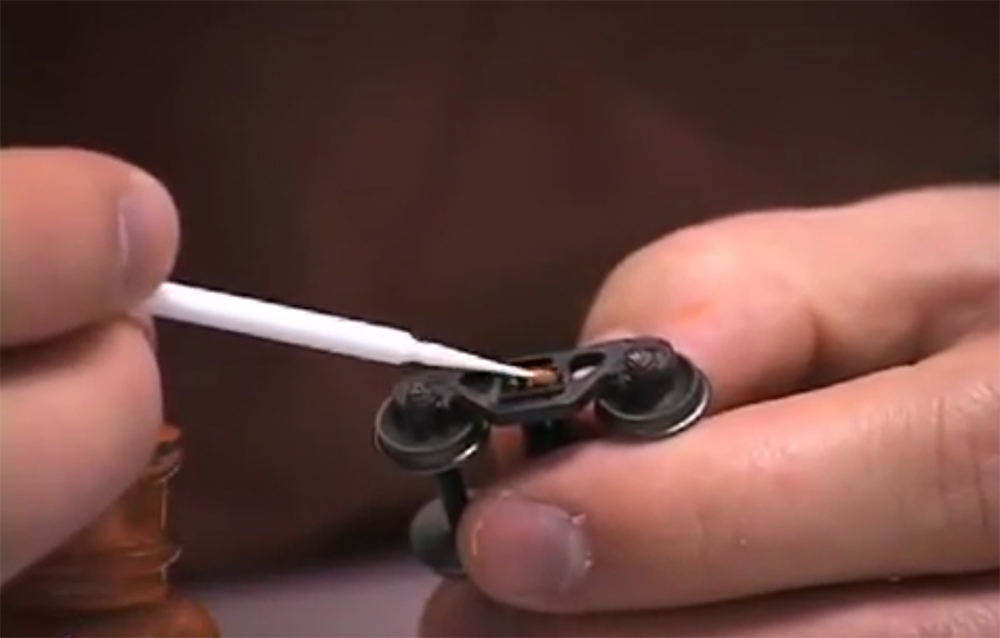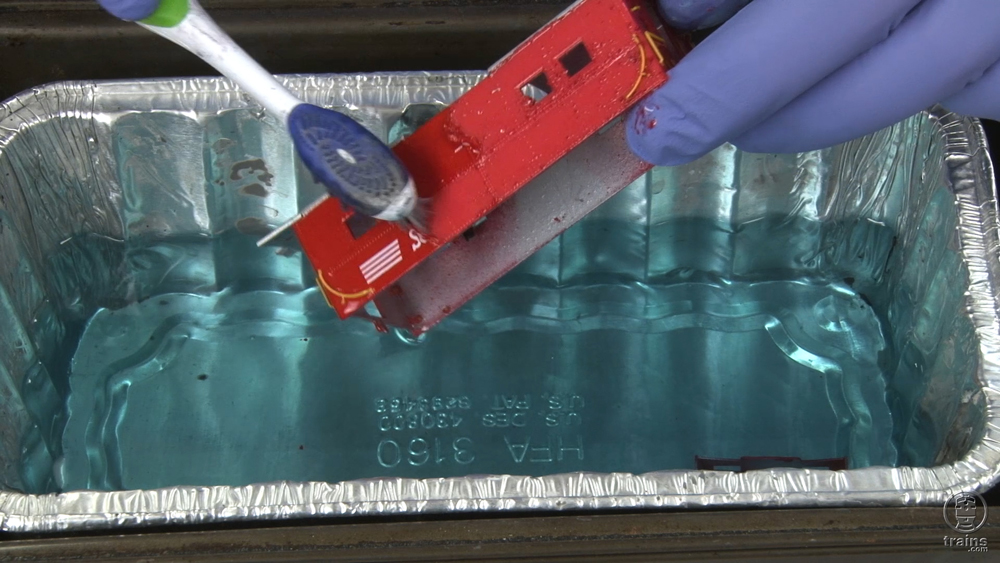
Eric White couldn’t find a Northeastern style caboose painted for the Lehigh Valley, but a vendor at a train show had several models in another paint scheme. In less than an hour, Eric had a model that was ready for new paint. Watch this video to see how he stripped the original paint. VIDEO TRANSCRIPT […]
Read More…
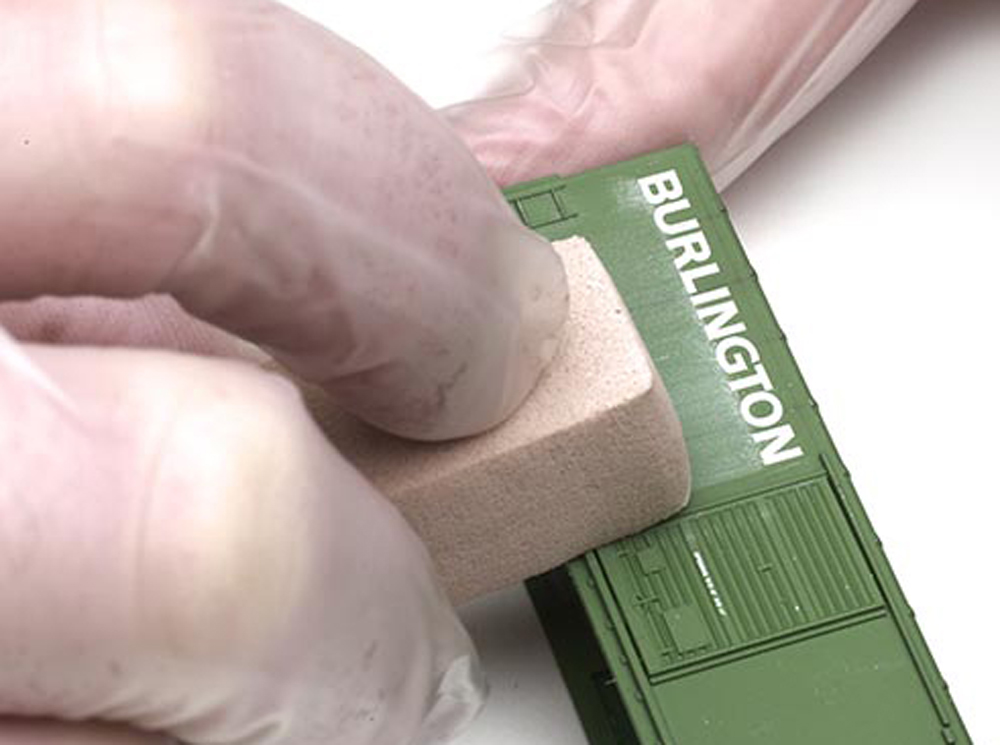
Powdered pastels have long been a popular choice for weathering locomotives, freight cars, and buildings. Several firms offer ready-to-use weathering powders, or you can make your own by scraping pastel sticks with a hobby knife. I started work on this N scale Micro-Trains boxcar by spraying the entire car with Model Master Lusterless Flat. The […]
Read More…

Microscale Kristal Klear is a versatile adhesive. One of its uses is to secure clear parts to models. But in a few simple steps, the adhesive can also be used for window glazing, 1. Kristal Klear works best on smaller window panes. Start by dipping a Microbrush into the Kristal Klear. Then, working from the […]
Read More…
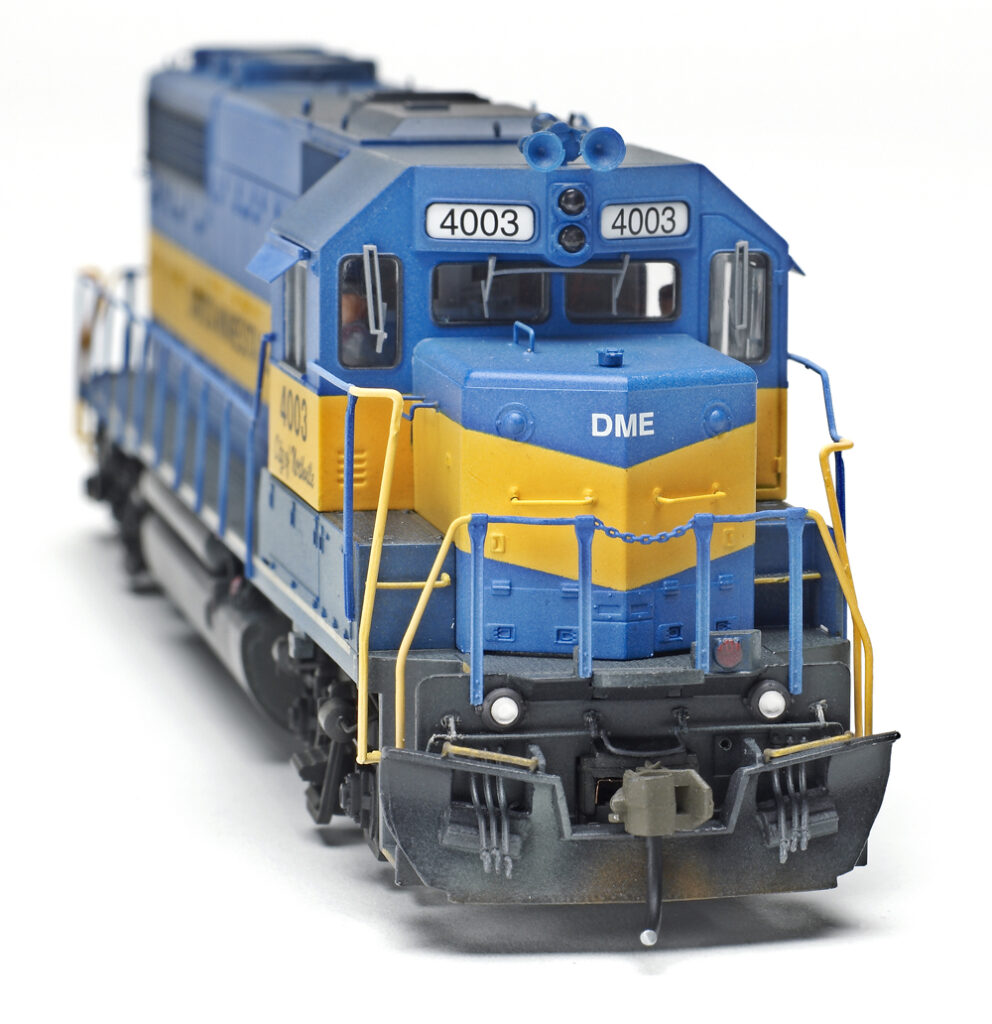
I’ve seen many well-weathered models, but too often the effect is ruined by shiny black couplers with bright metal centering springs. But in three easy steps, you can weather your couplers to look more prototypical, 1. On my Dakota, Minnesota & Eastern GP40, I wanted the couplers to look older, so I sprayed them with […]
Read More…
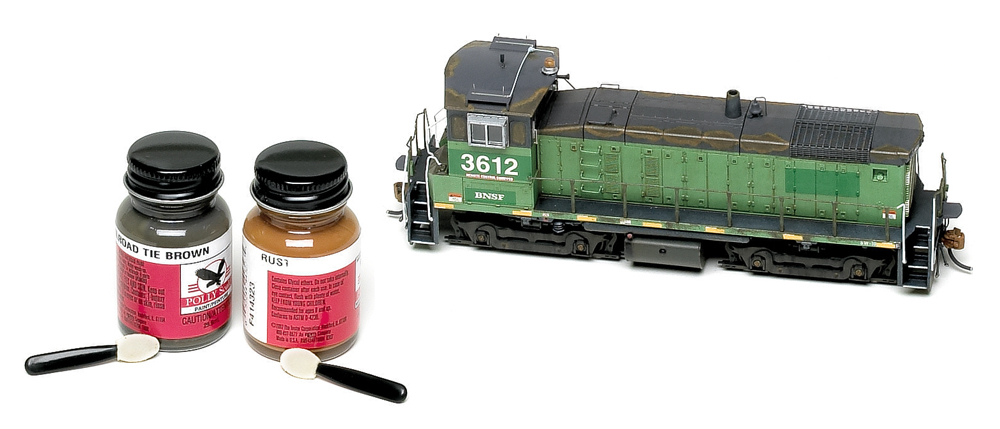
When I asked my wife if we could walk through the cosmetic department at the local drugstore, she gave me a somewhat puzzled look. This part of the store is home to some fantastic weathering tools, including foam-tipped cosmetic applicators. I used these applicators to simulate rust and paint wear on this Athearn HO scale […]
Read More…
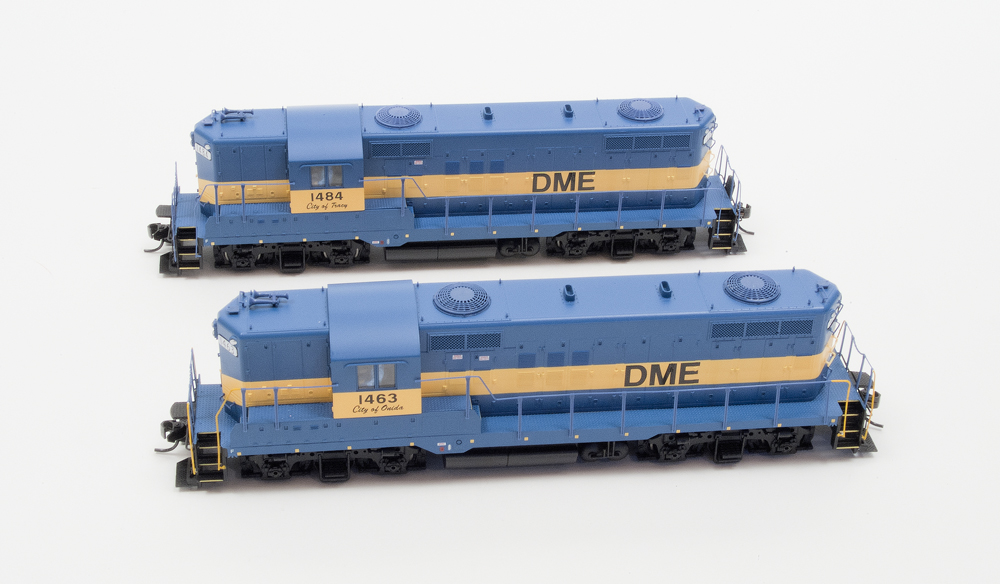
Slippery engineering plastic requires specially formulated paint that’s flexible and won’t flake off. Fortunately, the paint is most likely available at the same hobby shop where you purchase your trains. Flexible paint designed for remote-control (RC) car bodies is the perfect solution for locomotive handrails. RC paint is offered in a limited number of colors […]
Read More…
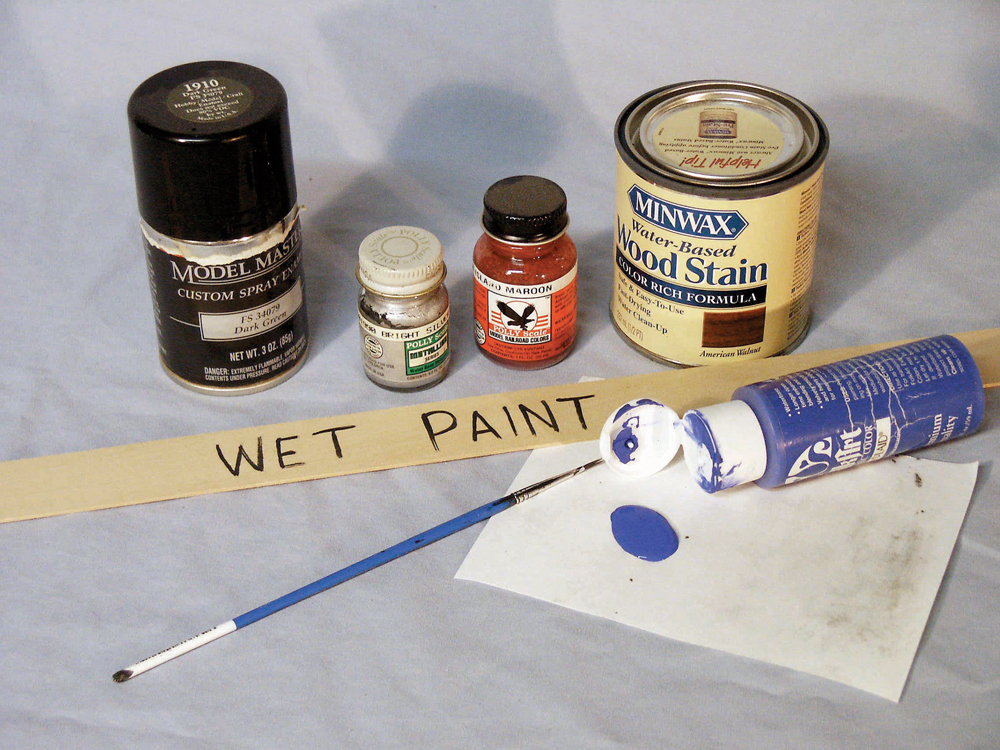
There are three basic ingredients to any paint: the pigment, the binder, and the solvent. The pigment is what gives the paint its color. These are either synthetic or organic, depending on the desired color. The binder does just as the name suggests. Its job is to hold everything together once the paint dries. The […]
Read More…
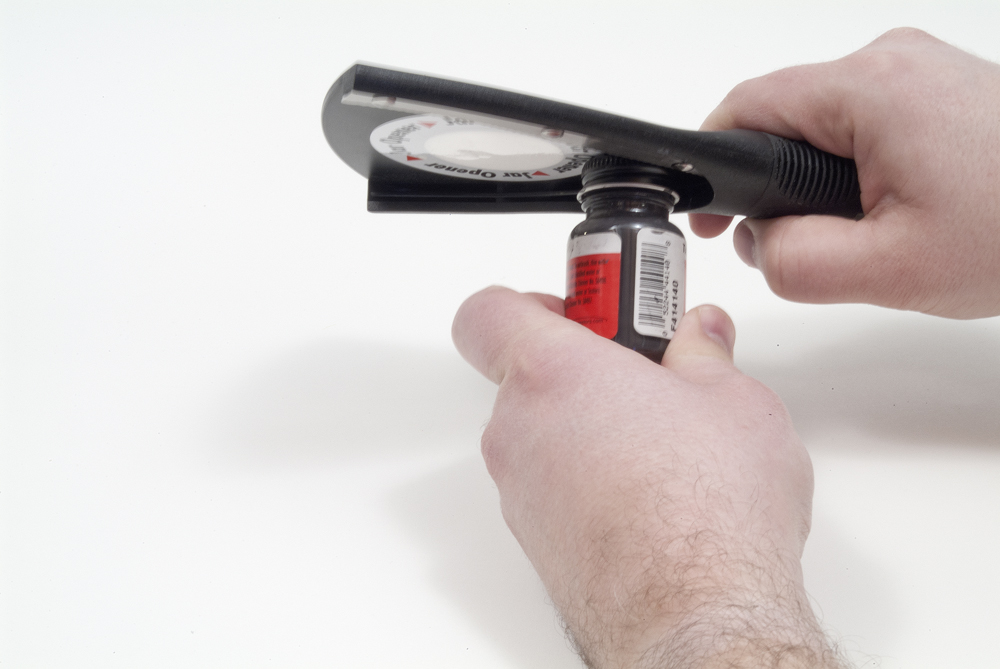
Paint jar caps that are stuck or tightly sealed are a problem most modelers’ experience. In the spray booth at Model Railroader, we use an Oxo Good Grips jar opener (no. 21191) to open stubborn paint bottle caps. These are sold at most major discount stores and specialty cooking shops. Just place the cap into […]
Read More…
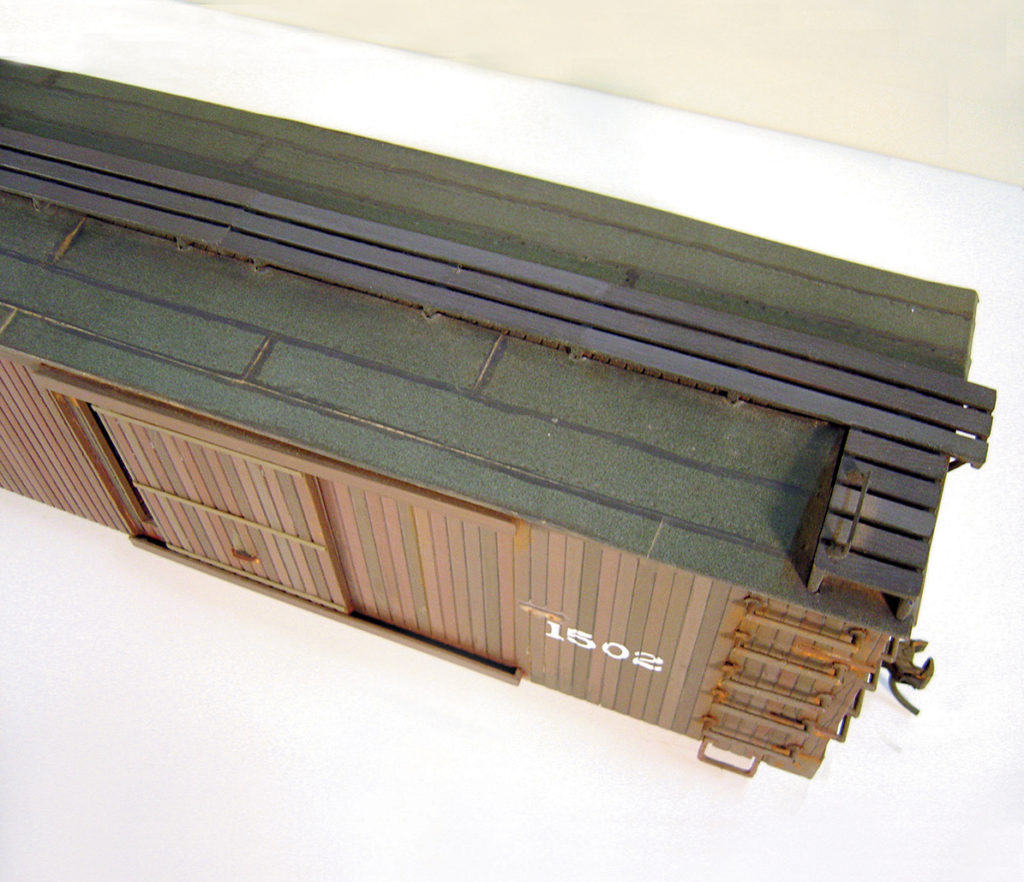
Weathering is one way to add realism to any garden railroad or garden railway. Weathering helps train models and rolling stock appear as though they have been exposed to elements and harsh conditions — like full-sized railroads. Here are top tips you can use. Paintbrush weathering To create a weathered finish on a passenger car […]
Read More…
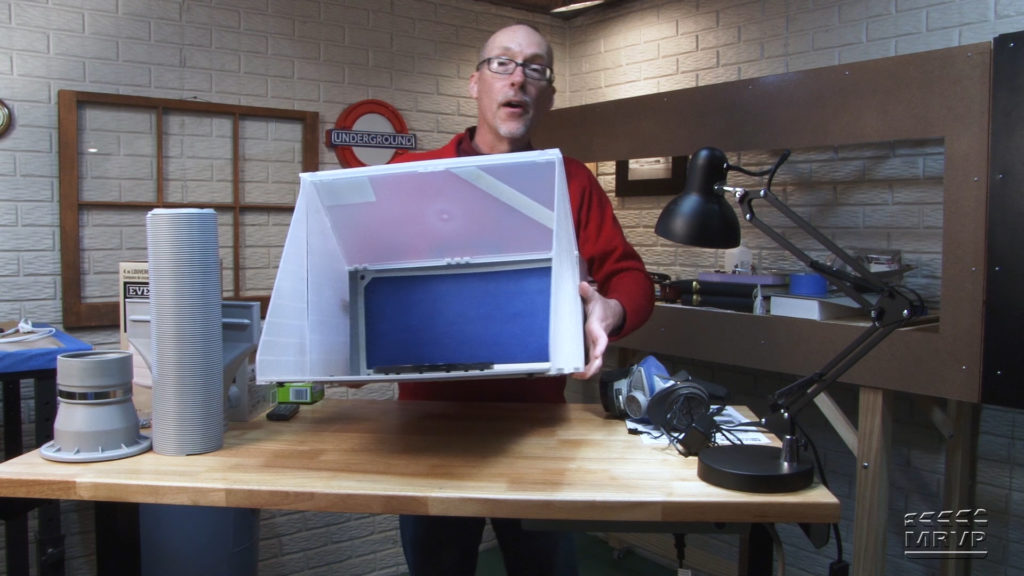
Having trouble viewing this video? Please visit our Video FAQ page Want the freedom to paint and weather your models safely and easily in your basement? MRVP’s David Popp shows how to make that possible by installing a fold-up spray booth from Micro-Mark. Follow along as he talks you through the entire process — […]
Read More…
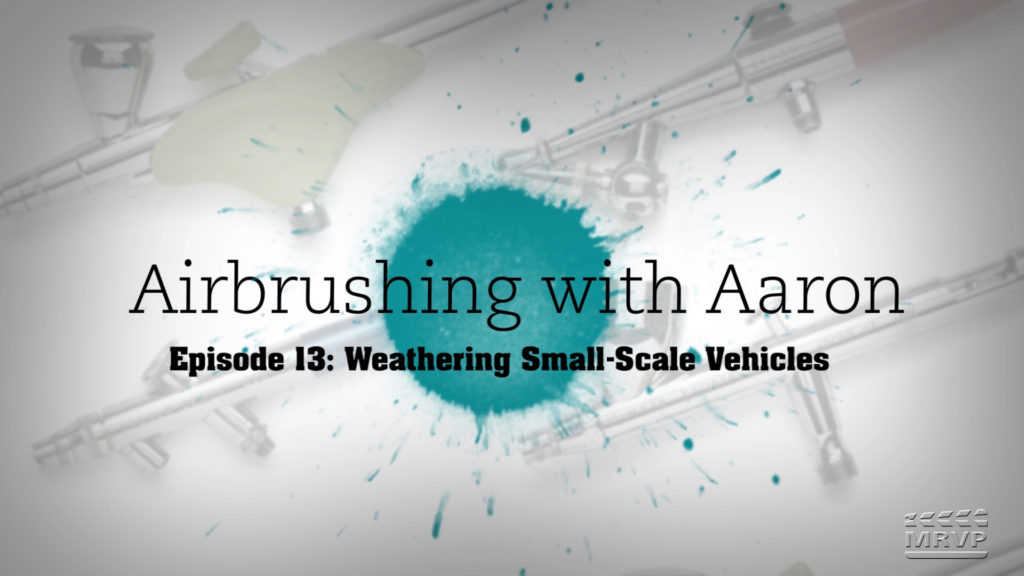
Having trouble viewing this video? Please visit our Video FAQ page Host Aaron Skinner takes up the task of adding realistic weathering effects to make the trucks and machinery on your layout appear like they’ve been working hard. Follow along to learn his techniques for modeling chipped paint, adding dirt and grime, getting a […]
Read More…









